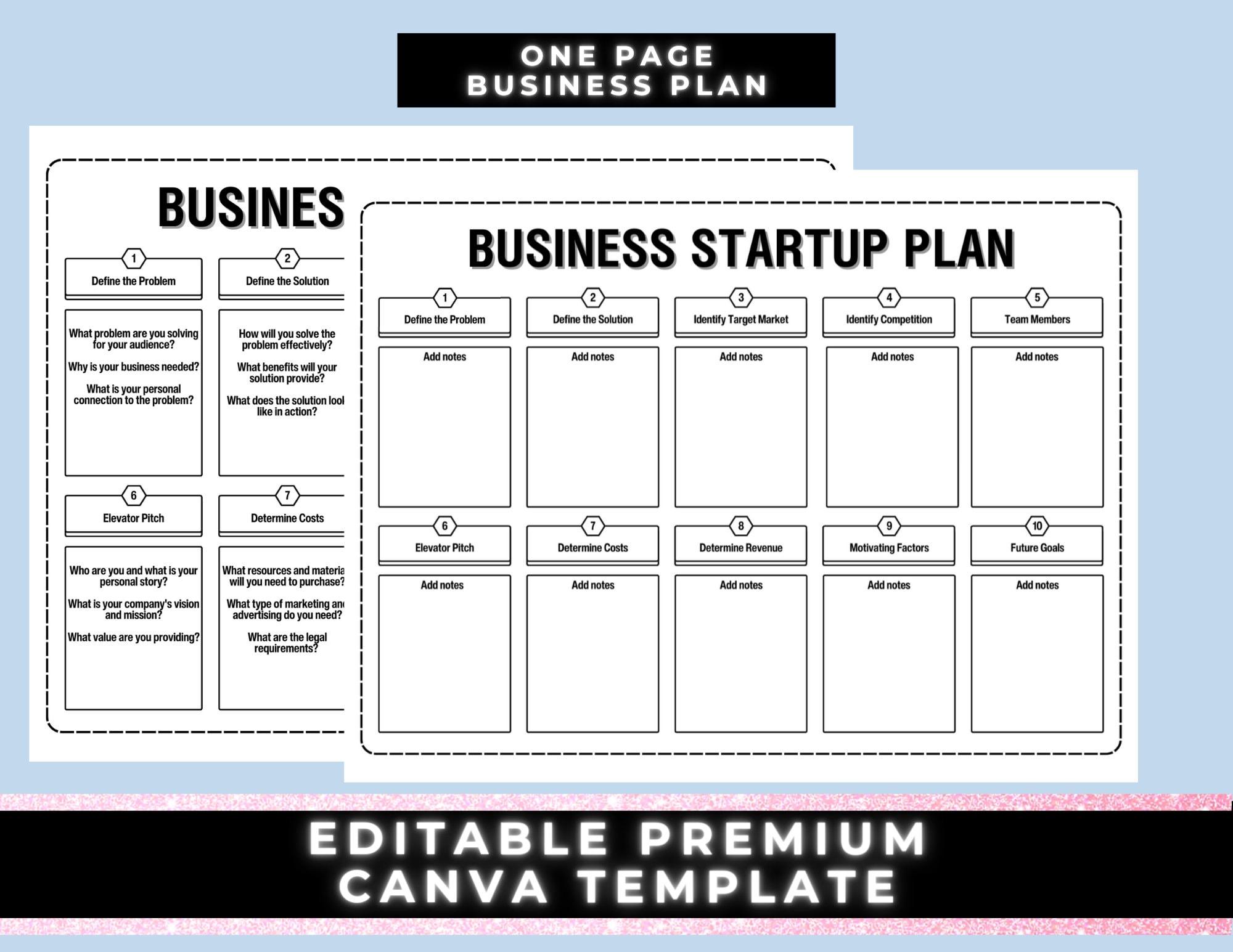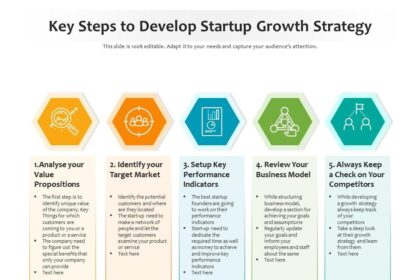In the vibrant landscape of entrepreneurship, every successful startup begins with a well-structured business plan—a blueprint that transforms a spark of inspiration into a tangible reality. As the cornerstone of any flourishing enterprise, a startup business plan serves not only as a roadmap for navigating the unpredictable terrain of the market but also as a vital tool for attracting investors, aligning partners, and guiding strategic decisions. In this article, we will explore the essential components of crafting a robust business plan that encapsulates your vision, mission, and goals. From succinct market analysis to financial projections, we will unravel the intricacies of creating a blueprint for success, enabling you to lay a strong foundation for your entrepreneurial journey. Whether you are a budding entrepreneur or a seasoned innovator, join us as we delve into the art and science of business planning, setting the stage for your startup’s long-term achievement.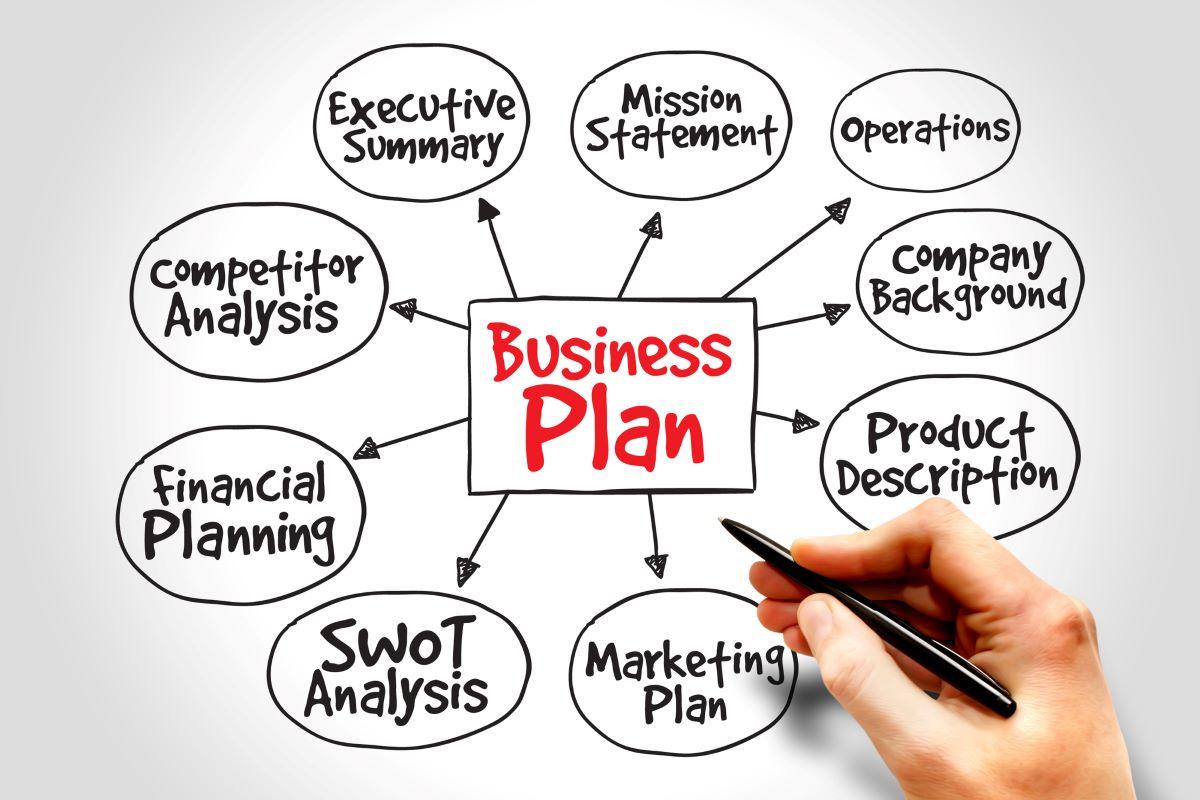
Understanding the Core Components of a Winning Business Plan
A successful business plan serves as the cornerstone of any thriving startup. At its core, it encompasses several essential components that not only chart the course for your business but also capture the interest of potential investors. A well-structured executive summary is key, offering a concise overview of your vision, mission, and the unique value proposition of your business. Another crucial element is the market analysis, which should delve into industry trends, target market demographics, and competitor analysis. By understanding these aspects, entrepreneurs can position their startups effectively within their respective markets.
In addition to the executive summary and market analysis, your business plan should include a detailed organizational structure, outlining the roles of key team members and their responsibilities. This clarity fosters accountability and demonstrates your team’s capabilities. Financial projections also play a pivotal role, providing insights into your revenue model, estimated expenses, and break-even analysis. To present this information clearly, a simple table can be beneficial:
| Financial Aspect | Projected Amount |
|---|---|
| Start-up Costs | $50,000 |
| Year 1 Revenue | $100,000 |
| Year 1 Expenses | $70,000 |
| Net Profit | $30,000 |
By weaving together these core components, you will have a robust business plan that not only serves as a roadmap for your journey but also effectively communicates your strategy to stakeholders and investors alike.
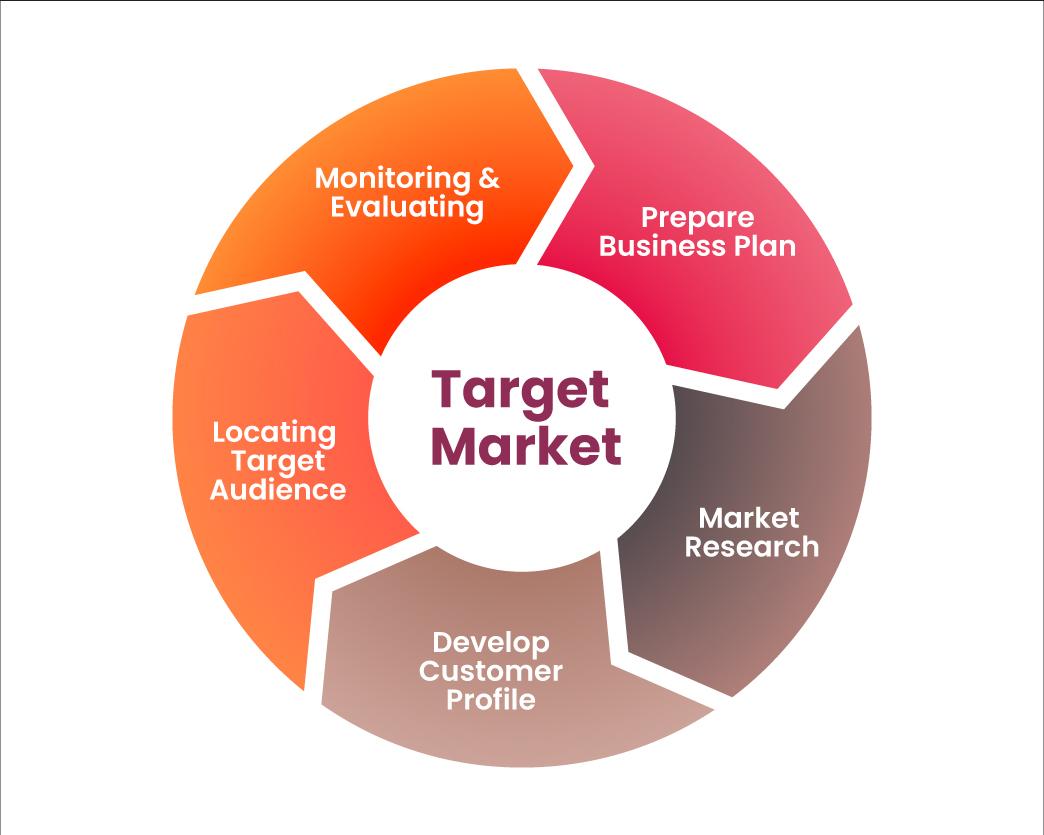
Identifying Your Target Market and Crafting a Unique Value Proposition
Understanding who your customers are is crucial for shaping your startup’s identity and approach. To effectively identify your target market, consider the following factors:
- Demographics: Age, gender, income level, education, and occupation.
- Psychographics: Values, interests, lifestyle, and buying behavior.
- Geographics: Location and regional characteristics.
- Technographics: Technology usage and online behavior.
Once you’ve delineated your target market, it’s time to carve out your unique value proposition (UVP)—the aspect that differentiates your offering. A successful UVP communicates clearly why your product or service is superior to competitors by addressing specific pain points and desires of your identified market segment. Frame your UVP using the following elements:
- Customer-Centric Focus: Emphasize benefits that resonate with your audience.
- Distinctive Offer: Highlight what makes your product unique.
- Clear Communication: Use simple, direct language to convey your message.
Here’s a simple comparison table to help visualize potential UVPs:
| Competitor | UVP | Our UVP |
|---|---|---|
| Competitor A | Low-cost options | Quality guarantees with personalized service |
| Competitor B | Wide selection | Curated selections catering to niche markets |
| Competitor C | Fast delivery | Eco-friendly delivery options with tracking |
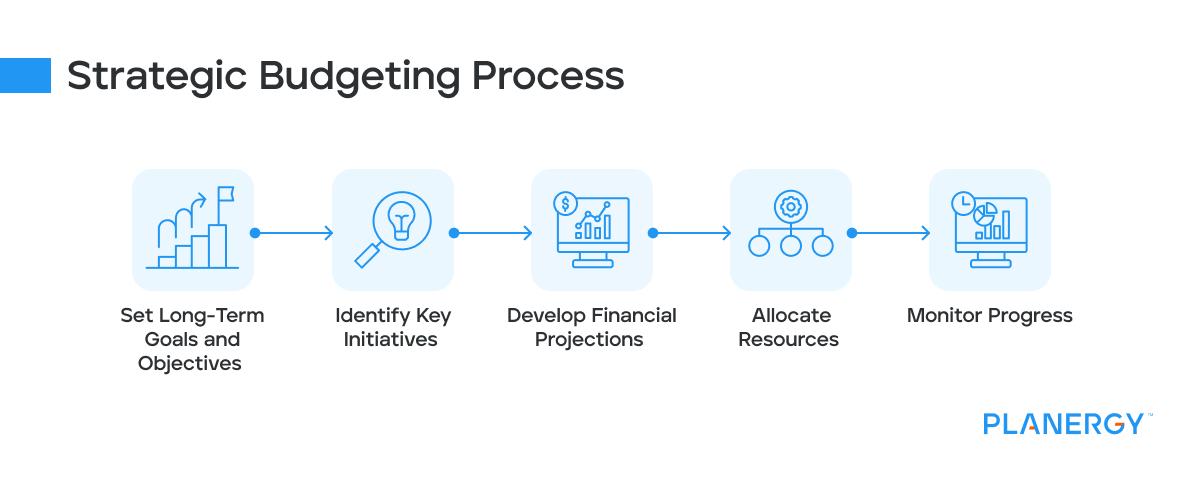
Developing a Strategic Financial Plan for Sustainable Growth
Building a robust financial foundation is essential for any startup aiming for sustainable growth. Begin by identifying your primary revenue streams and ensuring they align with your overall business objectives. This involves evaluating various pricing strategies and understanding your target market’s willingness to pay. Incorporate financial forecasting to project potential income over the next few years, using data-driven insights to refine your approach. Moreover, a cash flow analysis is crucial for maintaining liquidity, as it will help identify periods of surplus and shortfall, enabling you to make informed, proactive decisions.
Next, consider creating a comprehensive budget that includes both fixed and variable costs, ensuring you allocate resources efficiently. Establishing an operating budget supports the sustainability of your operations while a capital budget can assist in planning for future investments in technology, equipment, and human resources. To streamline this process, you might find it useful to utilize tools or software that allow for easy tracking and adjustments. A sample table showcasing your financial allocations might look like this:
| Budget Category | Estimated Cost | Notes |
|---|---|---|
| Marketing | $5,000 | Digital campaigns and social media |
| Operations | $10,000 | Staff salaries and utilities |
| Technology | $3,000 | Software subscriptions |
| Research and Development | $2,000 | New product innovation |
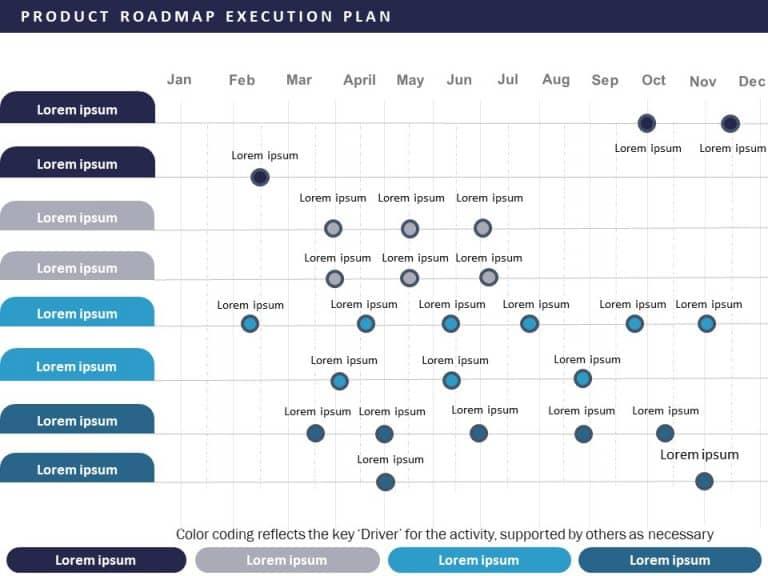
Building a Roadmap for Execution and Measuring Success
Creating a detailed roadmap is paramount for any startup aiming to translate its vision into actionable steps. A well-structured plan will not only guide your daily operations but also align your team’s efforts toward shared goals. To develop an effective roadmap, consider the following key components:
- Milestones: Identify critical phases in your startup journey, such as product launches or market expansions.
- Resources: Map out the resources needed for each milestone, be it financial, human, or technological.
- Dependencies: Recognize which tasks rely on others to ensure a smooth flow of execution.
- Timeline: Establish clear deadlines to maintain momentum and accountability.
Measuring success requires a robust framework to evaluate progress against your roadmap. By defining key performance indicators (KPIs), you can gauge your startup’s health and ensure that your objectives are met. Consider using the following metrics:
| Metric | Description |
|---|---|
| Customer Acquisition Cost (CAC) | The total expense incurred to acquire a new customer. |
| Monthly Recurring Revenue (MRR) | The predictable revenue generated each month from subscriptions. |
| Churn Rate | The percentage of customers who stop using your service over a given time frame. |
| Net Promoter Score (NPS) | A metric that measures customer satisfaction and loyalty. |
Key Takeaways
As we conclude our exploration of the blueprint for success in crafting your startup business plan, it’s essential to recognize that this document is more than just a collection of ideas and strategies—it’s the foundation upon which your entrepreneurial dreams are built. With each section carefully designed to reflect your vision, market insights, and strategic objectives, your business plan serves as a living roadmap, guiding you through the exhilarating, yet often unpredictable, journey of entrepreneurship.
Remember, a well-structured business plan is not set in stone. It evolves as you do, adapting to new challenges and opportunities that arise along the way. Embrace feedback, remain flexible, and let your passion and resilience shape your path forward.
As you pen the next chapter of your entrepreneurial story, may your business plan be a source of inspiration and clarity, empowering you to navigate the complexities of the startup landscape with confidence. Here’s to laying the groundwork for success; the future is yours to create.


